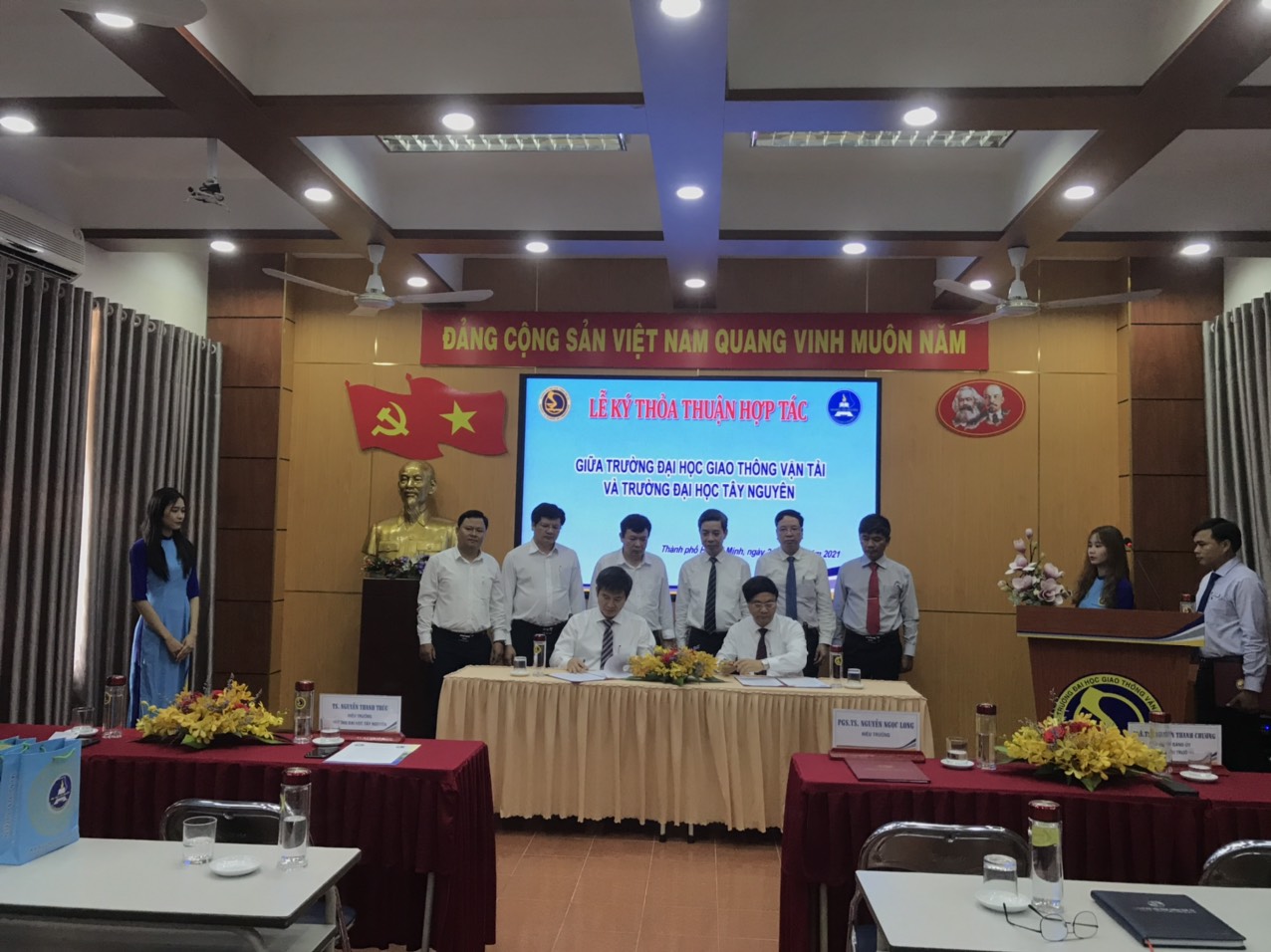THÔNG TIN TÓM TẮT VỀ NHỮNG ĐÓNG GÓP MỚI
CỦA LUẬN ÁN TIẾN SĨ
Tên Luận án: Nghiên cứu bê tông có độ bền ăn mòn cao sử dụng muội silic cho kết cấu công trình ở môi trường biển Việt Nam.
Ngành: Kỹ huật xây dựng công trình đặc biệt
Mã số: 9580206
Nghiên cứu sinh: Nguyễn Long Khánh
Họ và tên cán bộ hướng dẫn:
PGS. TS. Nguyễn Thị Tuyết Trinh – Trường Đại học GTVT
GS. TS. Phạm Duy Hữu – Trường Đại học GTVT
Cơ sở đào tạo: Trường Đại học Giao thông vận tải
TÓM TẮT ĐÓNG GÓP MỚI CỦA LUẬN ÁN
1. Nghiên cứu thí nghiệm, phân tích ảnh hưởng của các yếu tố thành phần tới độ bền của bê tông muội silic, bao gồm cường độ chịu nén, khả năng chống thấm ion Cl- được đánh giá qua độ thấm ion Cl- và hệ số khuếch tán ion Cl-.
2. Xây dựng hai phương trình hồi quy mô tả quan hệ giữa tỷ lệ Nước/Chất kết dính (N/CKD), hàm lượng muội silic với các đặc tính về cường độ chịu nén, độ thấm ion Cl- của bê tông muội silic. Từ đó, đề xuất phương pháp thiết kế thành phần bê tông muội silic có xét đến độ bền chống xâm nhập ion Cl-.
3. Đề xuất sử dụng hàm lượng muội silic trong khoảng từ 8% – 12% và tỷ lệ N/CKD trong khoảng 0,25 – 0,26 để chế tạo bê tông muội silic đạt được cường độ chịu nén đặc trưng lớn hơn 60MPa và độ thấm ion Cl- thấp (điện lượng truyền qua bê tông nhỏ hơn 1000 Cu lông).
4. Nghiên cứu thực nghiệm theo thời gian đưa ra kết luận ban đầu là thể tích lỗ rỗng của bê tông muội silic ở các cấp độ micro, meso tăng lên và ở cấp độ macro giảm đi. Tức là theo thời gian thể tích lỗ rỗng của bê tông muội silic được phân bố lại theo hướng nhỏ đi. Sự thay đổi về thể tích lỗ rỗng ảnh hưởng tới quá trình khuếch tán ion Cl- trong bê tông theo hướng giảm xuống.
5. Xác định thời gian khởi đầu ăn mòn của kết cấu bê tông cốt thép do xâm nhập ion Cl- bằng phần mềm Life-365. Từ đó, đề xuất cấp phối bê tông muội silic và chiều dày lớp bê tông bảo vệ cho kết cấu bê tông cốt thép trong môi trường biển để đảm bảo cho kết cấu có được thời gian khởi đầu ăn mòn là 100 năm.
INFORMATION OF NEW CONTRIBUTIONS OF THE thesis
Thesis title: Research on high corrosion resistance concrete using silica fume for building structures in the marine environment of Vietnam.
Major: Special works engineering.
Code: 9580206
Name of PhD. Student: Nguyen Long Khanh
Name of Supervisors:
Assoc. Prof. Dr. Nguyen Thi Tuyet Trinh – University of Transport and Communications
Prof. Dr. Pham Duy Huu – University of Transport and Communications
Training institution: University of Transport communications
SUMMARY OF NEW CONTRIBUTIONS OF THE thesis
1. Experimental research and analysis of the influence of compositional factors on the durability of silica-fume concrete, including compressive strength and Cl- ion permeability evaluated by Cl- ion permeability and coefficient diffusion of Cl- ions.
2. Established two regression equations describing the relationship between the ratio of Water/Binder (W/B), the content of silica fume with the characteristics of compressive strength, Cl- ion permeability of silica-fume concrete. From there, a method of designing silica-fume concrete components is proposed taking into account the resistance to Cl- ion penetration.
3. It is proposed to use the content of silica-fume in the range of 8% - 12% and the W/B ratio in the range of 0.25 - 0.26 to make silica-fume concrete achieved the characteristic compressive strength greater than 60MPa with low Cl- ion permeability (electricity through concrete is less than 1000 Coulomb).
4. Experimental research over time shows that the pore volume of silica-fume concrete increases at the micro, meso levels and decreases at the macro level. Over time, the pore volume of silica-fume concrete is redistributed in a more minor direction. The change in pore volume affects the diffusion of Cl- ions in concrete in a downward direction.
5. Determining the time of corrosion initiation time of reinforced concrete structures due to Cl- ion penetration by Life-365 software. From there, it is proposed the silica-fume concrete mix and the thickness of the protective concrete layer for reinforced concrete structures in the marine environment to ensure that the structure has a corrosion initiation time of 100 years.









